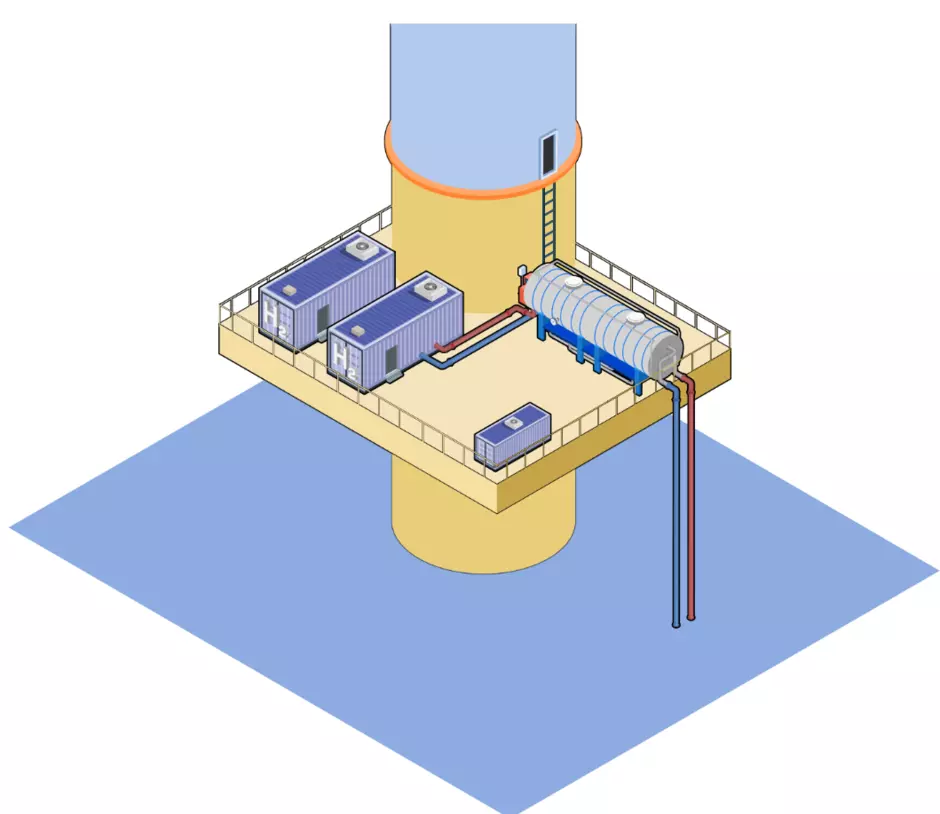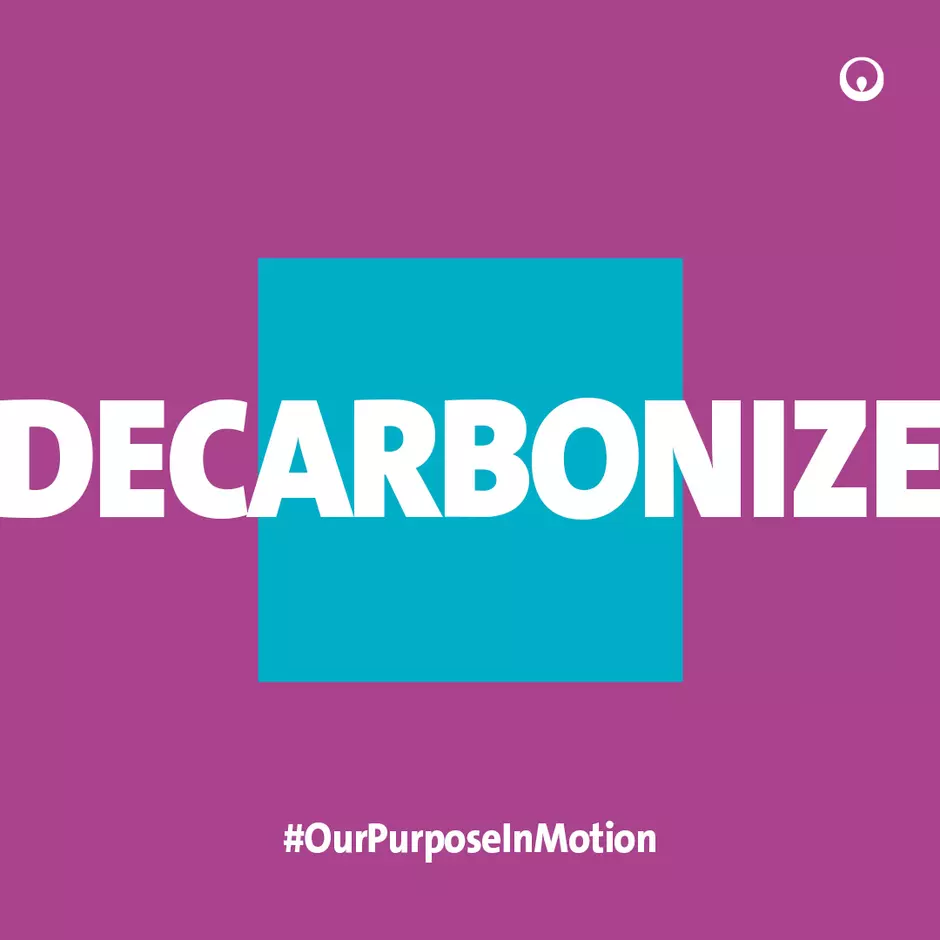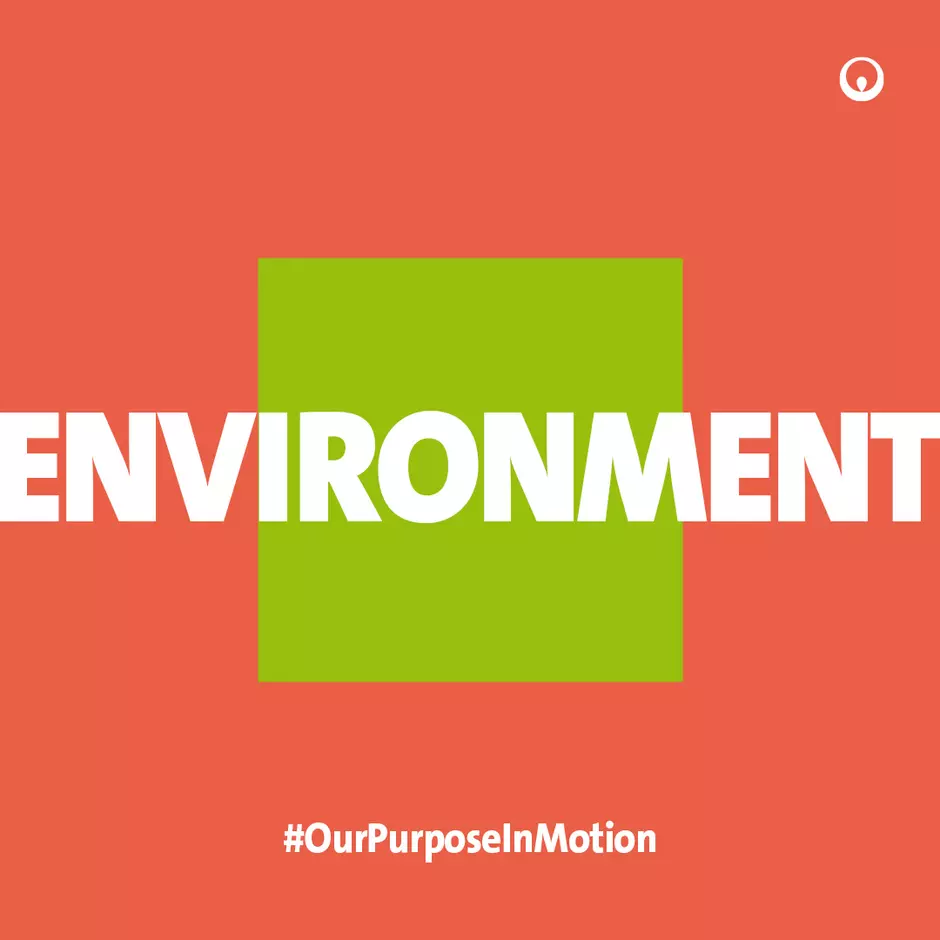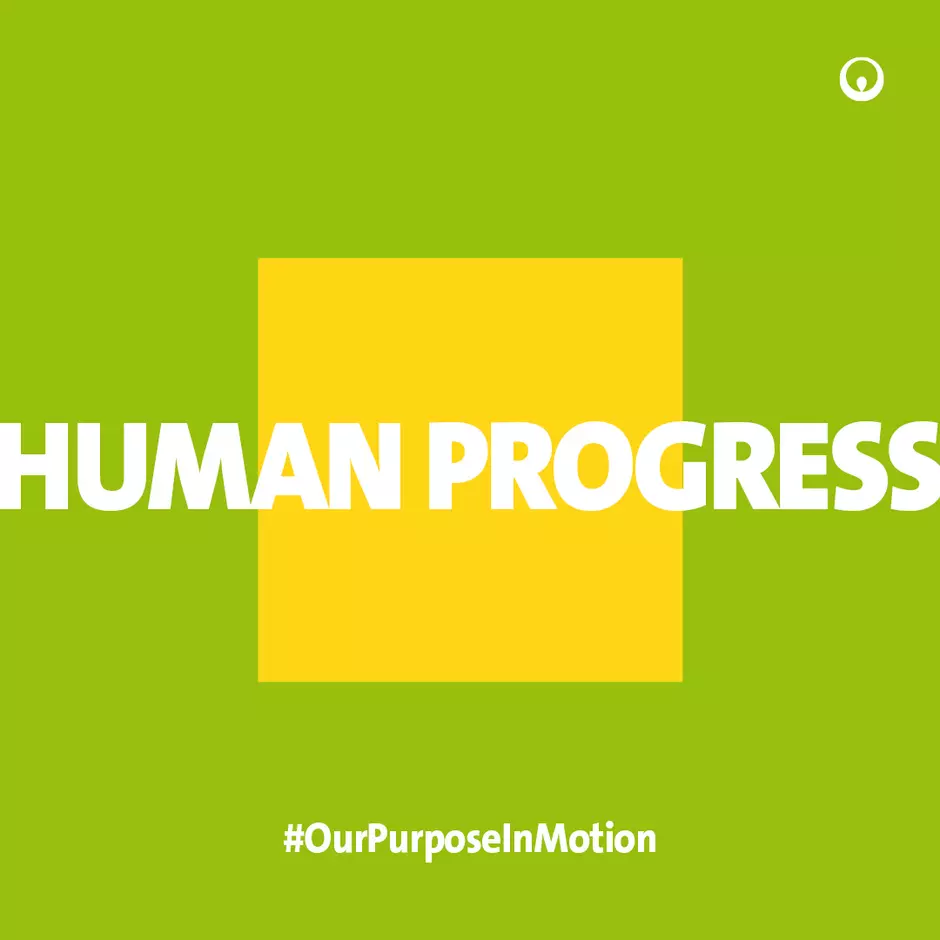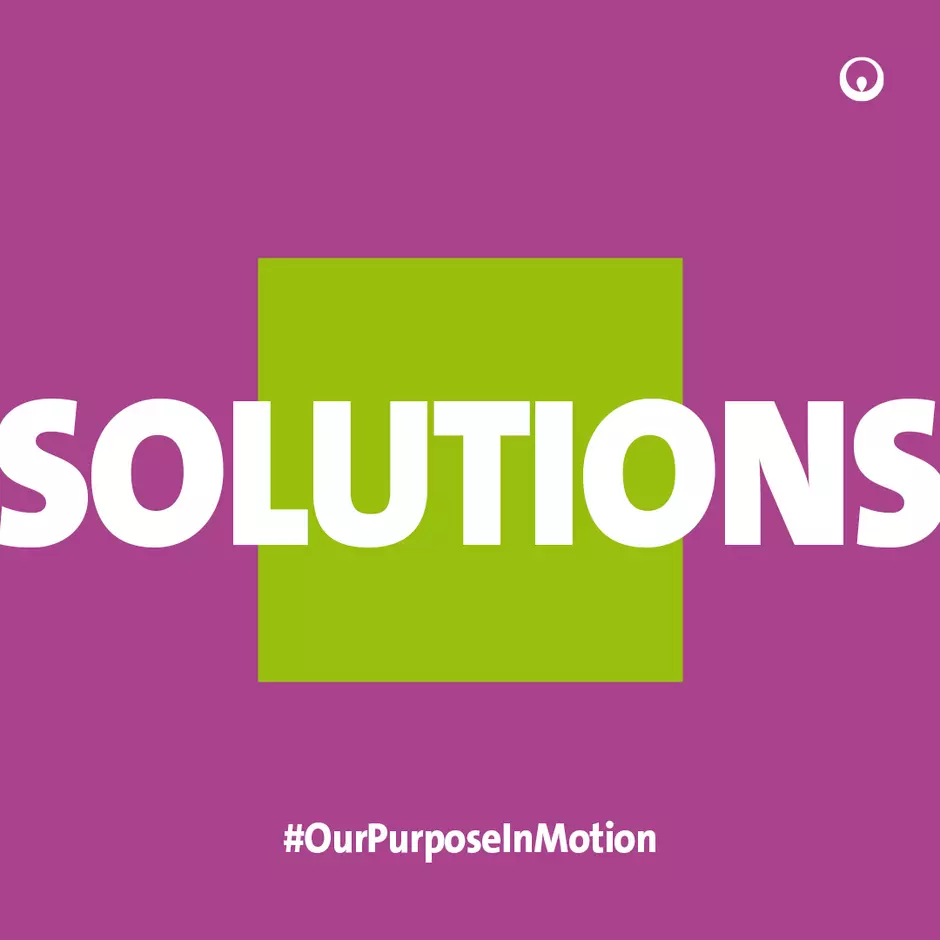We are developing new water and gas solutions to ensure that we are an active participant in the global energy transition to new green fuels and achieving carbon capture aims. We are also looking at the recovery of much needed Lithium, from Produced Waters, that are currently seen as a ‘waste’ rather than a cash generating process stream. We are also studying innovative solutions that permit the safe overboard discharge or re-injection of such waste streams.
Veolia believes that through innovation, we can improve water sustainability and resilience and we are committed to the United Nations’ Sustainable Development Goals wherever water is concerned.
To contribute towards the decarbonisation of offshore assets, a reduction in the consumption of energy is our first goal. Our water treatment solutions can be integrated with innovative technology to capitalise on the energy available within the process effluents, and achieve up to a 30% reduction in power, with marginal impact to the footprint and overall cost, of an SRP Module.
Chemical usage is another energy intensive aspect to the operation of water treatment systems, in terms of injection, operating efficiency, logistics and manufacturing. We have an extensive range of chemicals available to supply, supplemented by our operating expertise to provide optimised solutions that will reduce their operating and embedded carbon footprint.
Our clients have recognised that the main contribution to the Greenhouse Gas (GHG) emissions is the exhaust from power generation (e.g. up to 62% GHG from Gas Turbine power generation). The CO2 contained in the Gas Turbine exhaust can be removed as part of a Carbon Capture system.
With Veolia’s extensive portfolio we also have ready made gas solutions that can contribute to this system and which compliments our current Water Treatment offering.
A potential added value to Carbon Capture onboard an operating FPSO, is that injection of CO2 can be another form of Enhanced Oil Recovery (EOR) to supplement the Water Flood EOR process."
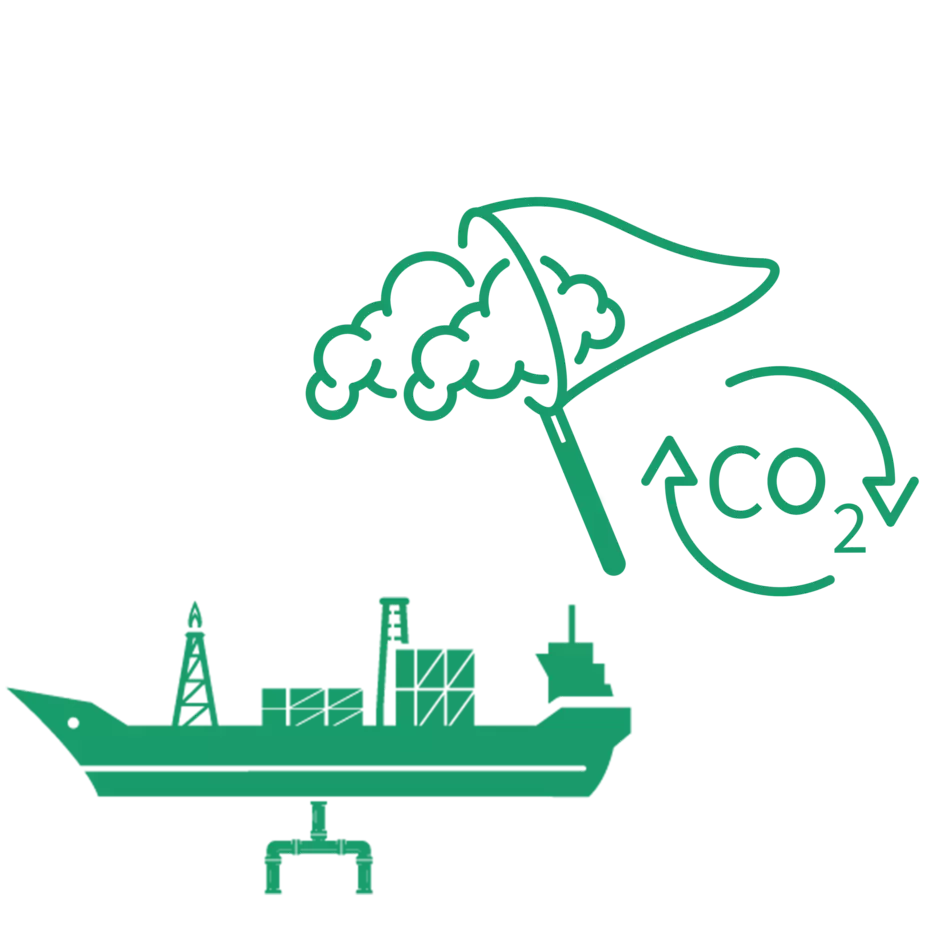
Veolia and SBM Offshore together bring their world leading offshore skill sets to offer a unique zero emission solution to seawater desalination.
Together with SBM, the market leader in floating offshore solutions, we have jointly developed a design for an ultra-low carbon footprint seawater reverse osmosis desalination plant powered by and located on a Tension Leg Platform floating wind turbine system.
The installation, designed to withstand the stresses and demands of offshore operation, offers many advantages when compared to a traditional onshore desalination station: It is scalable, up to 14 MW power generation per turbine and 44,000 m³ /day of desalinated water. The improved intake conditions reduce pretreatment requirements, whilst deeper water brine discharges improve brine dissolution, when compared to onshore installations.
| Provides a low CO2-sustainable solution and can offset the CO2 emissions of existing assets. |
| Offers a more rapid solution to areas experiencing water shortages or drought and can be towed to different locations. |
| Green alternative to depleted groundwater or river water supplies. |
| Seawater provides an unlimited feed supply for freshwater production while minimising the environmental impact. |
Green Hydrogen is produced when water molecules are split into oxygen and hydrogen molecules (2H2O + Energy → O2 + 2H2) by an electrolyser, using renewable electricity.
The electrolyser consists of a DC source and two noble-metal-coated electrodes, which are separated by an electrolyte. Electrolysers consist of individual cells and central system units (balance of plant). The three main electrolyser technologies:
- Proton Exchange Membrane (PEM): electrolysis consists of protonic conduction of H+ hydrogen ions through a polymer membrane in the presence of a platinum catalyst.
- Alkaline Electrolysis (AE): consists of an ionic conduction into a liquid electrolyte (KOH or NaOH).
- Solid Oxide Electrolyser Cell (SOEC): consists of an ionic conduction (O2-) into a solid electrolyte.
Common to all 3 is that ‘purified water’ feeds the electrolysis process.
If the incorrect purity of water is used the electrolyser could become fouled or degraded and its output becomes compromised. Veolia has a full range of water treatment technologies that will ensure that a constant supply of high quality feed water is maintained.
Our technical expertise and experience with water treatment for hydrogen production means that our customers can trust us as a partner to consistently deliver flexible, innovative solutions that meet their needs. We are focused on designing and packaging water treatment technologies and services that improve hydrogen electrolyser efficiency.
Our global Veolia network can supply both standardised and bespoke water treatment technologies and services, linked with our remote monitoring and predictive analytics to support the hydrogen production technologies mentioned.
Such systems may be adapted for both onshore and offshore use.
Deionized water for hydrogen production: Standard Veolia “Industrial spec” Modular Packages consist of:
30 - 200 l/h of hydrogen cell feedwater: Elga Pro-EDI products.
0.2 - 4 m³/hof hydrogen cell feedwater: Solys Terion.
4 - 200 m³/h of hydrogen cell feedwater: Solys Terion, Mega-CEDI, Evaled.
>200 m³/h of hydrogen cell feedwater: bespoke Solutions.
